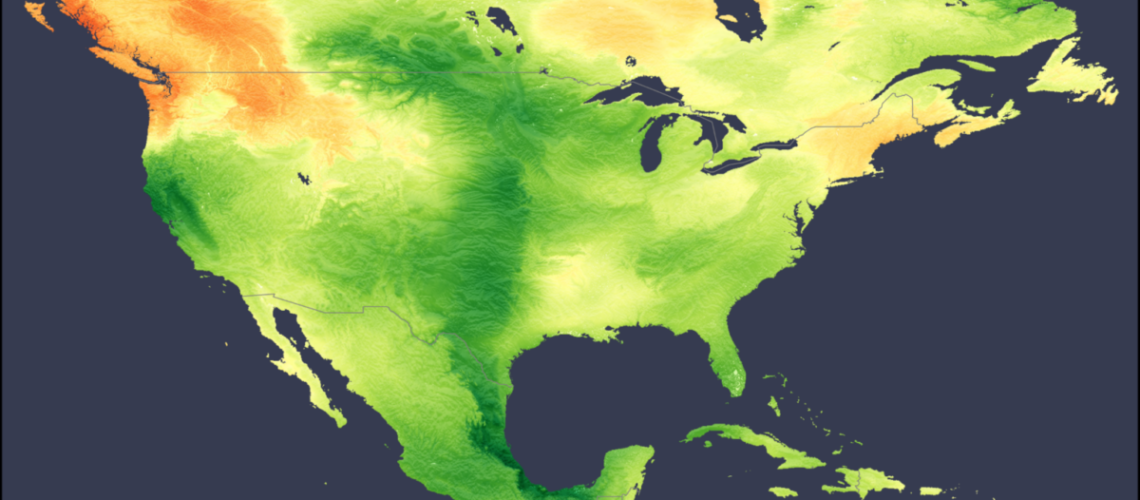In a new weekly update for pv magazine, Solcast, a DNV company, predicts that El Niño will likely bring lower than normal solar power production through winter in the United States. Its analysis is based on data collected from previous El Niño events.
From pv magazine global
This coming winter is more likely than not to see below average irradiance across most of North America, as the impacts of El Niño bring cloudier, wetter conditions across the continent. Analysis of Historical Time Series data from El Niño years using the Solcast API, shows that irradiance is significantly impacted in these years.
The National Oceanographic and Atmospheric Administration (NOAA) has declared that we are in El Niño’s Southern Oscillation (ENSO) phase, and that there is a 90-95% probability this will continue into the upcoming winter.
NOAA has further forecast a 60% chance that this will be a “strong event,” so solar producers across the continent should be anticipating this to change their expected performance through the winter.
Analysis of December-February months from previous El Niño events (2006-07, 2009-10, 2014-15, 2015-16 and 2018-19) shows the historic impact on global Horizontal Irradiance (GHI). This image shows a comparison of the average GHI in the El Niño episodes with the neutral and La Niña phases of the ENSO climate cycle.
The clear observation is that most of the Continental U.S. experienced reduced irradiance during El Niño winters. California, the Midwest, Southern states, and Mexico in particular see higher precipitation, as well as cloudier conditions.
Conversely, the Northeastern USA and neighboring Canadian provinces depict the opposite. These regions experienced increased irradiance during El Niño intervals.
This trend correlates with decreased precipitation during such periods, another trend these regions might expect in the coming winter.
As the solar energy sector leads into the lower-producing winter months, El Niño is likely to bring even lower than normal production through winter. The increased rain may result in decreased dust soiling for panels that aren’t already being cleaned regularly.
Solcast produces these figures by tracking clouds and aerosols at 1-2km resolution globally, using satellite data and proprietary AI/ML algorithms. This data is used to drive irradiance models, enabling Solcast to calculate irradiance at high resolution, with typical bias of less than 2%, and also cloud-tracking forecasts. This data is used by more than 300 companies managing over 150GW of solar assets globally.




